Reduce Plastic Waste While Traveling
By Anne Kalosh.
The seas are awash in plastic. Chances are, if you’re an expedition-cruise “type,” you’re more environmentally aware and eager to do your part to combat this scourge.
The Association of Arctic Expedition Cruise Operators (AECO) has just issued new guidelines for visitors to the north. These supplement steps that AECO’s 30 member lines are taking to reduce single-use plastics on their ships and to involve travelers in beach cleanups that remove tons of marine litter each year.
AECO notes that travelers on Arctic expeditions will visit remote areas with limited waste management facilities. Depending on the location, waste may go into local landfills or be compacted and shipped elsewhere for treatment.
To cut the amount of waste small communities need to process and to cut plastic litter, AECO suggests travelers prepare before trips to take reusable items then, during travel, avoid disposable items and responsibly dispose of waste. Upon returning home, travelers can continue their plastic-reduction efforts under the “Reduce, reuse, recycle” principle.
AECO’s tips don’t just apply to the Arctic. Try following these guidelines wherever you go and when you’re at home, to be part of the solution to plastic pollution.
Here are the guidelines, which also can be found on AECO’s site (click here).
Before Traveling
- Travel with reusable items such as water bottle, coffee cup, reusable bag, reusable cutlery, etc. that you can bring home with you.
- Consider bringing a reusable waterproof bag to protect your camera from the elements.
- When packing toiletries, choose eco-friendly alternatives such as cosmetics free of microbeads.
- Choose products with non-plastic packaging such as soap and shampoo bars. Your accommodation may also be equipped with refillable dispensers. If you need to use plastic bottles and containers, use reusable ones.
- Synthetic clothing sheds small plastic fibers. We recognize that it may not be possible to entirely stop using synthetic clothing, but reducing the amount we use is a great first goal.
When Traveling
- When possible, avoid using disposable cups, straws, bottles, food containers and other items.
- Do not throw any non-organic items in the toilet, including wet wipes.
- Make sure all your belongings are well secured when ashore or on deck. A moment of inattention and a gust of wind can easily blow light bags and other items away.
- Enquire about local environmental initiatives and how you can reduce your plastic footprint to support the community you visit.
- Talk to other travelers and staff — not everyone has the same experience and knowledge, so it is a good opportunity to learn from and inspire others.
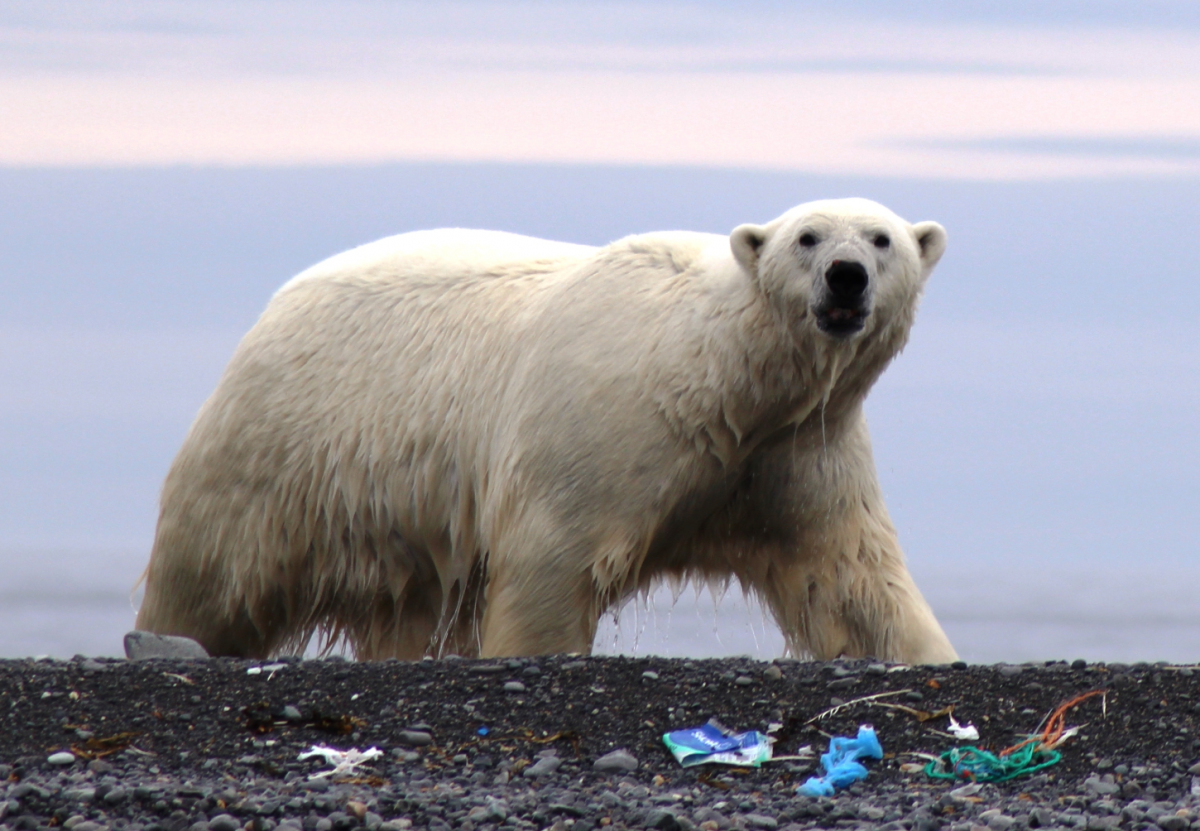
Be part of the pollution solution. * Photo: AECO
Continue at Home
Reduce: By consuming less and using reusable items you can help reduce the total amount of waste.
Reuse: Extend the life of your belongings. If you no longer need it, give it away.
Recycle: Learn about the cycle of your waste at home and sort out your waste accordingly to maximize the chances of material recovery.
As well, AECO notes that in areas where waste facilities are limited, most items are treated as general waste. Products labeled “degradable” or “biodegradable” will degrade faster than regular plastic items, but may still contain fossil fuels, thus creating microplastic particles.
To effectively reduce waste, AECO advises avoiding these alternatives and choosing reusable items instead.
AECO says please help keep these items out of nature ….
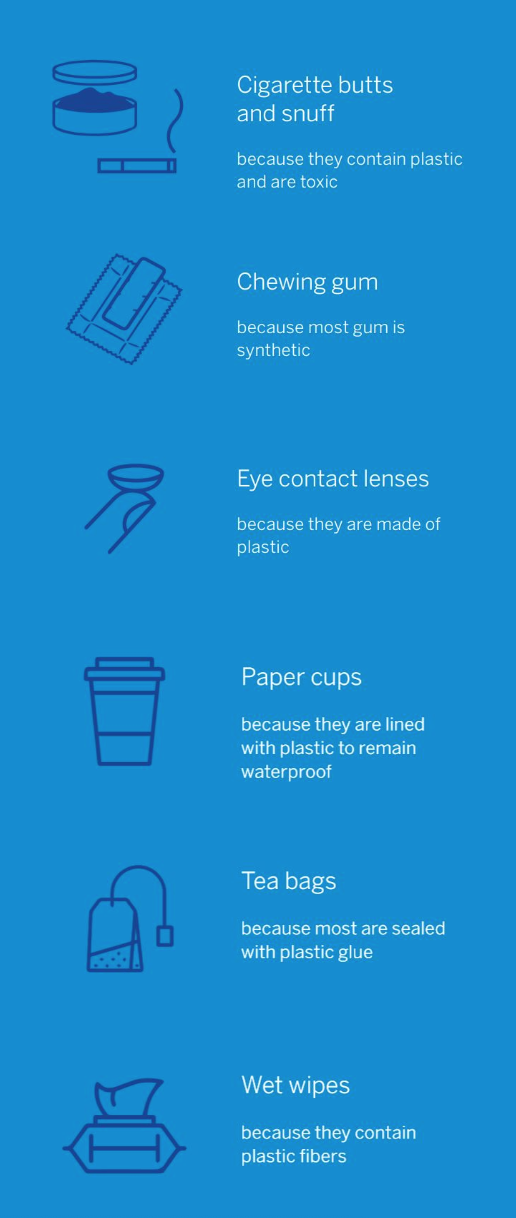
Keep these items out of nature. * Source: AECO
Don’t miss a post, subscribe to QuirkyCruise.com for monthly updates!
© This article is protected by copyright, no part may be reproduced by any process without written permission from the author. All Rights Reserved. QuirkyCruise.com.

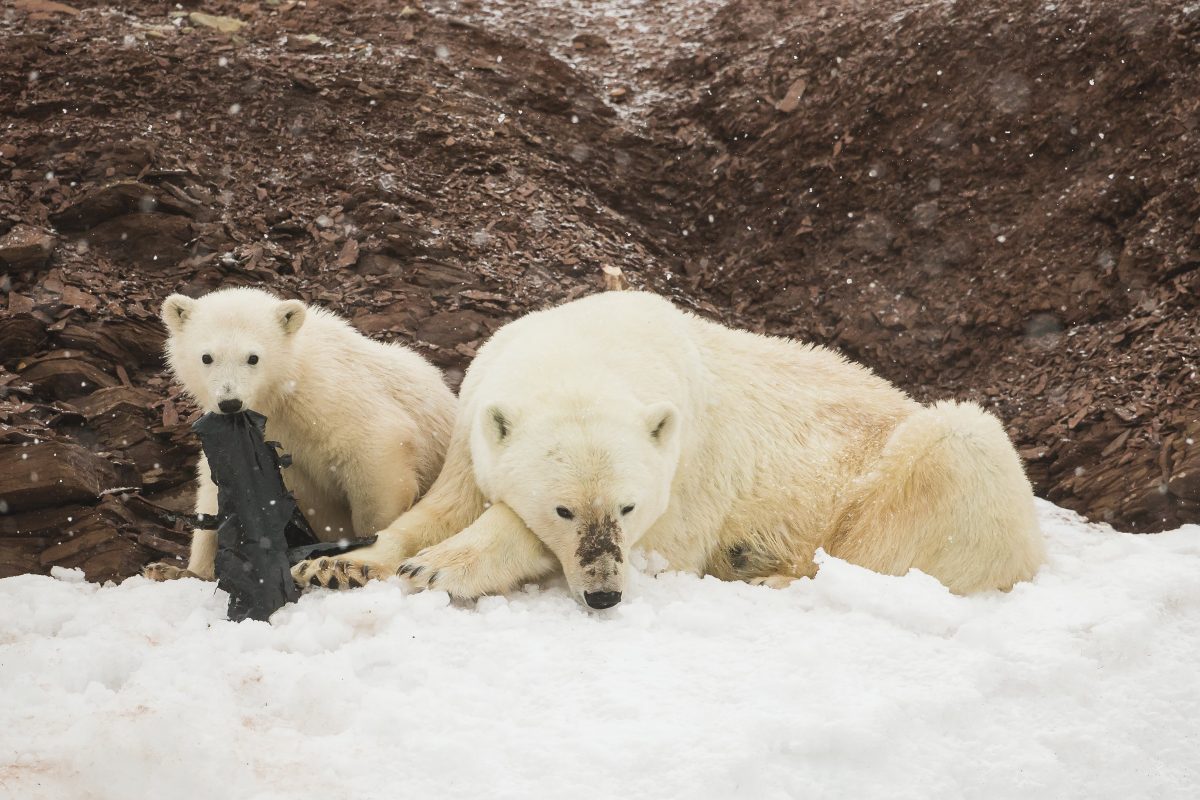
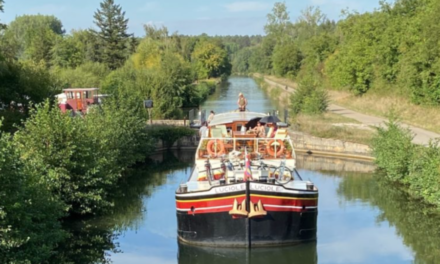

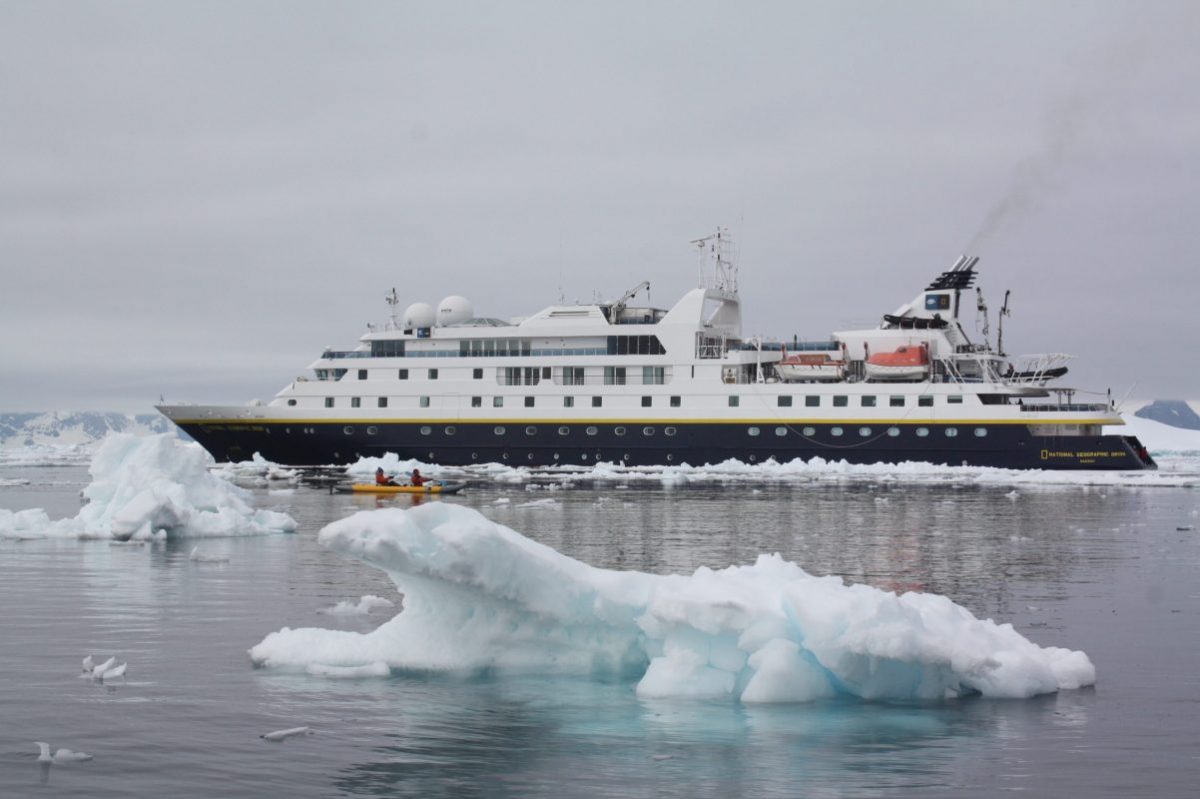
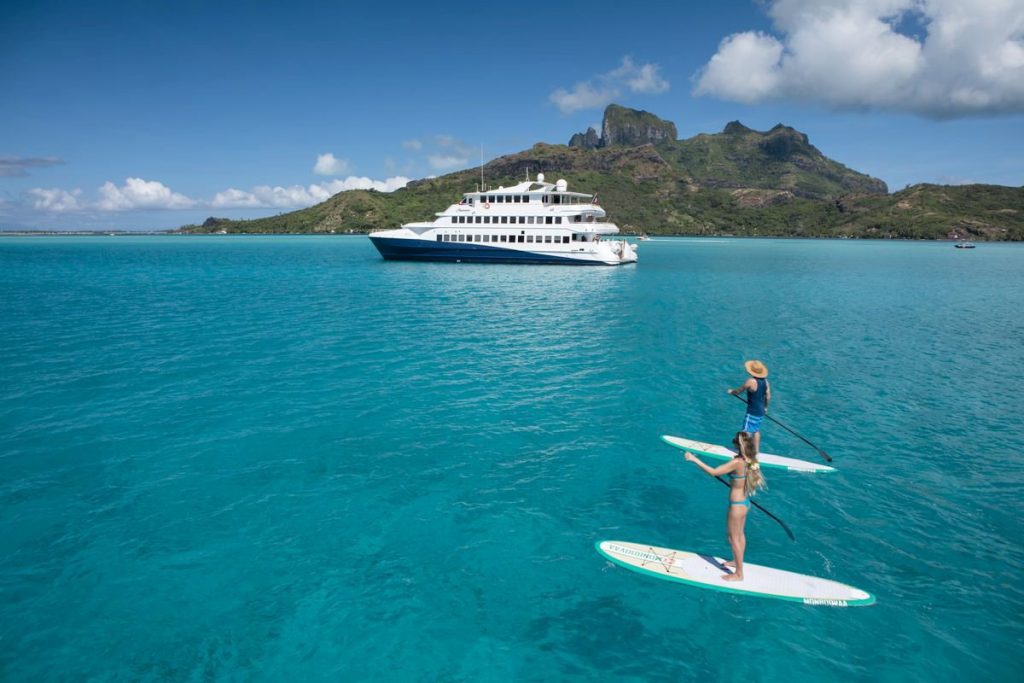








 HEIDI SARNA
HEIDI SARNA











